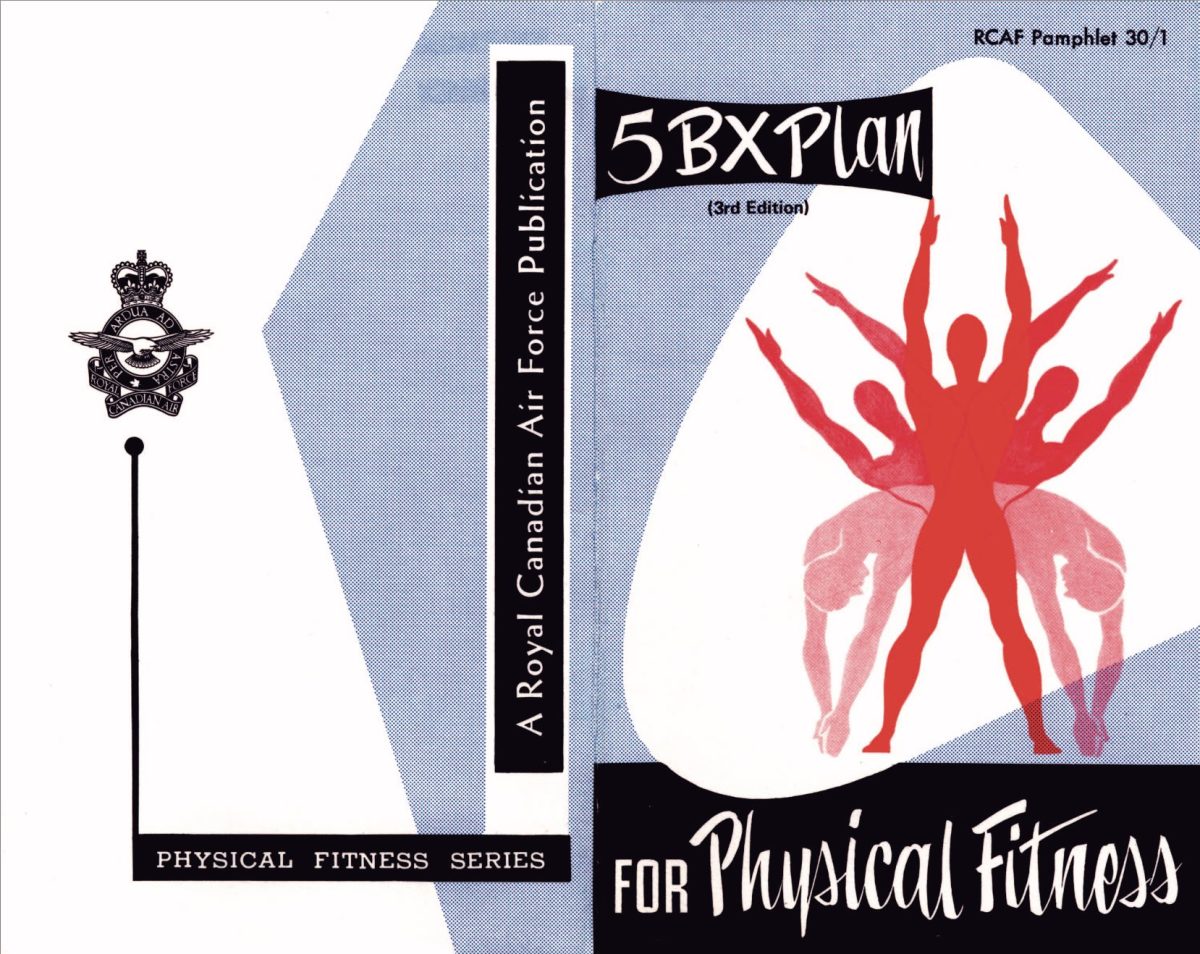If we learned anything from our time in quarantine when gyms were closed, we learned we could make do without a gym. We can train to get stronger and more fit in our living rooms, backyards, or garages without machines or even barbells.
We can use bodyweight exercises and something simple, like a medicine ball, for a great workout.
The medicine ball clean and squats are powerful and athletic movements that you can use in place of individual barbell movements like deadlifts and squats.
Why Do The Medicine Ball Clean and Squat?
This exercise saves time by linking some basic compound lifts you’d normally do separately into a smooth movement.
It’s a practical way to train your general conditioning and develop strength and skill to move athletically.
This is a result of the dexterity you develop while moving through the clean and squat repeatedly.
Gripping and moving a heavy object that’s not easy to grab will build your ability to quickly stabilize your trunk, something you won’t always train doing conventional barbell lifts.
You can learn this pretty quickly and easily with this exercise if you understand the basics of balance, stability, and movement. And if you don’t, check out my course.
Doing a similar movement with a barbell takes more skill and much more dedicated time.
But with the med ball clean and squat, you can build full-body strength, improve endurance, and practice two basic compound movements.
Who Could Use These?
It’s a great choice for:
- Anyone who still can’t go to a gym
- Someone who prefers to work out at home
- Someone who doesn’t have space for a barbell and a rack like you would need to do back squats.
- Anyone who doesn’t want to worry about what surface they train on.
Even the heaviest medicine balls won’t do much damage to a floor if you drop them.
Medicine balls are sold in many sizes and weights. You can start pretty light and buy heavier ones over time, so you can slowly but consistently progress just like you would with a barbell when you’d add more plates.
They’re also great as an alternative for anyone who doesn’t quite like the idea of doing barbell lifts. Barbells don’t sit well with some.
Some have a movement practice where barbell lifts don’t quite fit in, and there’s really nothing wrong with that.
They can still do resistance exercises. Resistance doesn’t mean barbells or dumbbells; we need to remember what we’re really doing with barbell lifts.
It’s a loaded movement, and It doesn’t matter where or what the load is.
Maybe you’re more comfortable with the idea of hugging a heavy med ball close to your chest rather than balancing a bar on your shoulders. It may seem more intuitive to you.
And that’s just fine because exercises like this can do just as much good for you, maybe even more.
Target Muscles
I call this exercise a clean and squat to call attention to the two separate movements.
This exercise really trains three distinct movement patterns:
- A deadlift or hip hinge pattern – We need control and strength in our hips and hamstrings to hinge over, brace, and deadlift the ball.
- A quick upper body scoop or rowing – We need a strong grip and supportive back muscles to lift and pull close to our bodies, an object that’s difficult to hold.
- A squat pattern – To clean the ball from the ground to chest height, we train a quick upper-body athletic movement.
That means we’re creating coordination in our body and developing timing.
We also train our trunk muscles in a way that a barbell or dumbbell often can’t.
Hugging an object close to your body and keeping your upper-back from rounding forward demands you completely engage your trunk, building stability and strength.
How to Do a Med Ball Clean and Squat
Place the medicine ball on the ground between your feet a little closer to your toes than your heels.
Make sure to set your feet wide enough to get down into the squat without your elbows hitting your knees.

Hinge over keeping your back flat just as you would in a deadlift.
You will have to drop your hips slightly lower than a conventional barbell deadlift to keep your hips from shooting up and letting your chest drop on the clean.

-
Breathe, brace, grab, and go. As you stand from the squat with the ball in your hands, start by bending your elbows and using your upper back to pull the ball close to your hips.
-
As you stand further, shrug your shoulders and shoot your elbows up, keeping the ball so close you feel it lightly brush against your body.
-
Pause at the top before you squat to make sure your elbows are high, balance is set, and that you’re braced.
Complete the squat focusing on keeping your elbows high and making sure they fit between your knees at the bottom of the squat. Drop the ball if you can, or squat down and lower it with control.
Variations
There’s a couple of reasons you may want to change things up.
- You may not have the mobility to get in a good position to pick the ball up from the floor. It’s lower than a loaded barbell would be. If that’s where you struggle, place the ball on a small box or something similar to raise the height of the starting position.
- You may want to work your hip muscles a little more. If that’s the case, you can do the exercise from the hang. Deadlift the ball up with arms straight, then hinge over, floating the ball above the ground before doing the clean.
Keep It Smooth
A heavy medicine ball can be difficult to move. It’s oddly shaped and hard to grab. So it’s important to keep the movement fluid to keep from getting hurt. After you grab the ball, make sure you keep your back in a good position and drive it up with your legs.
The closer you keep the ball to your body, the more efficient the exercise will be.
Too much space between your body and the ball, and you’ll catch it in a bad position putting needless stress on your back.
For the More Experienced Lifter
If you’ve practiced quick dynamic exercises like this before, try doing a full clean instead of separating the movement.
You may want to rush into doing the exercise like this initially, but you should really see this as progression if you’ve never practiced other loaded movements like this.
We want to separate the two movements when first practicing these because of how important it is to make sure that we’re balanced and braced before going down into the squat with the ball at chest height.
It’s not easy to first relax the tension in your body only just enough to explosively shrug a ball upward and then immediately become rigid under its weight to reverse back into a squat.
But if you’re ready for it, give it a shot with the heaviest medicine ball you can find.




